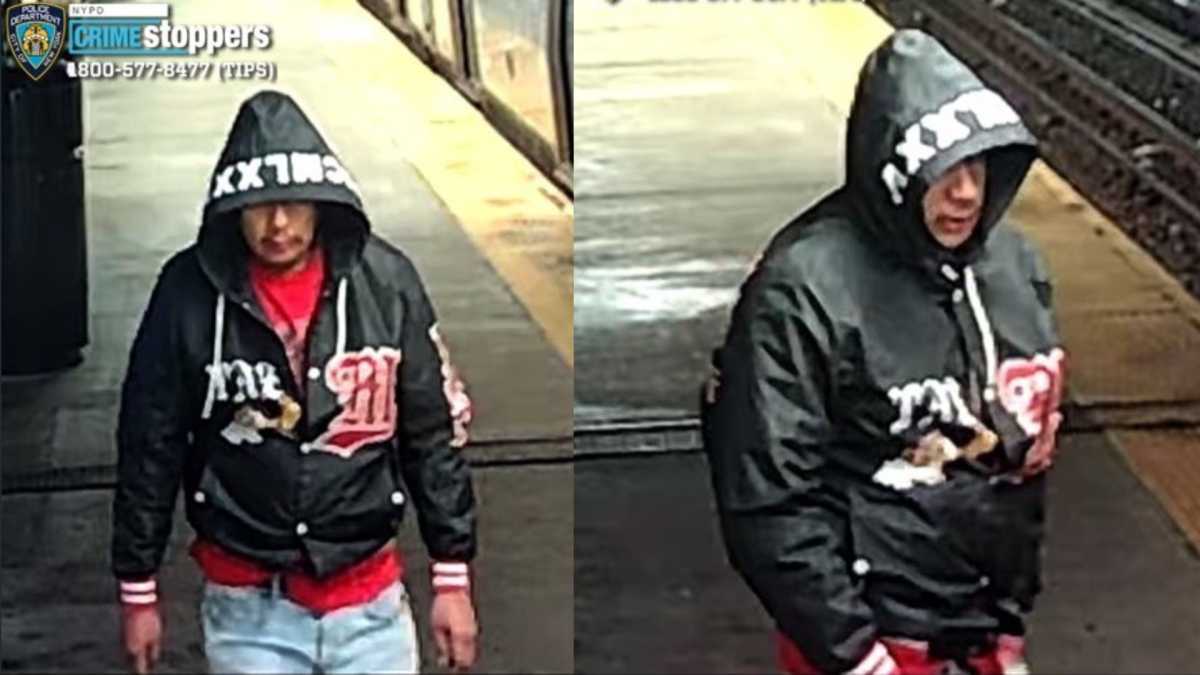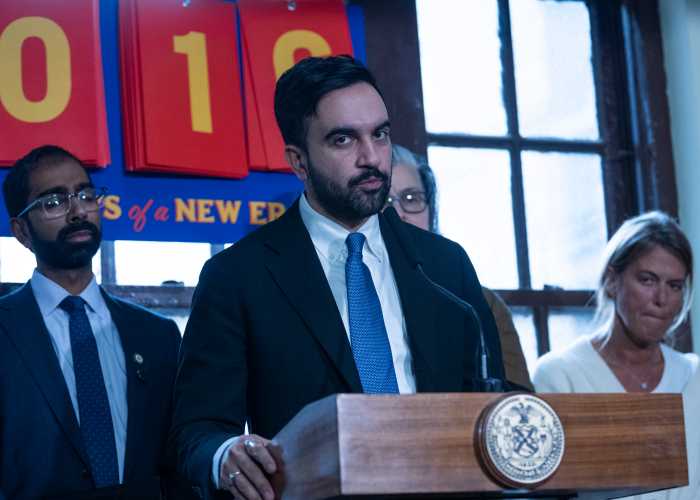Facing a series of fiscal shortfalls starting next January 1, and strained labor negotiations with the Transport Workers Union (TWU) next December 15, the Metropolitan Transportation Authority (MTA) has proposed a 25% fare increase for its train and bus commuters.
The fare changes would affect an average 900,000 Queens commuters who ride the citys bus and subway systems every day, as well as another 300,000 borough private bus line riders. Fares were increased by 25 cents in 1995.
To help the decision-makers, the MTA is offering a series of so many options for commuters that it may be difficult to generate an equitable response.
If the fare goes to $1.75 for bus and subway riders, there will be a 10% reduction of weekend service, a 2% reduction of weekday service, a 15% reduction in train and bus cleaning services and a 25 cent increase of bridge and tunnel tolls. It would raise $460 million in two years.
If the fare jumps to $2, there will be no service cuts, trains and buses will be cleaned in their current manner, while bridge and tunnel tolls will be hiked another 50 cents. This could raise an extra $1.3 billion in two years.
These options also include a wide variety of proposed changes in LIRR and Metro North fares, E-Z Pass fees, ticket window schedules, and MetroCard fees. For example, if the city opts for a $2 fare, commuters will also have to pay an additional 50 cents to cross the Whitestone Bridge.
Councilmember Dennis Gallagher (R-30 CD) has also noted that the citys transportation budget could get a $122 million boost by requiring competitively bid bus franchises, and elimination of subsidies to private bus companies. There has been informal talk of requiring the TA to take over the boroughs four private bus lines and their daily 300,000 riders.
According to the MTa, its financial problems are endless: Their officials have already said that its projected deficits for next year had already jumped to $1.1 billion, soaring to $1.7 billion by July, and will be far worse in 2004. Equally horrific, labor negotiations are scheduled to begin early next month with the Transport Workers Union, whose contract expires December 15. Even more sensitive, is that Governor Pataki, on the heels of his smashing victory, has shown some reluctance to help the MTA even though he has appointed a majority of its members.
Fare hike hearings are expected to start early next year.
Gene Russianoff, staff lawyer for the Straphangers Campaign, a public transit advocacy group, is not impressed with the MTAs call for local subway and bus fare increases. He declared that local commuters pay a greater share of their fare than out-of-city commuters because New York State provides more subsidies for LIRR and Metro North riders. According to Russianoff, local trains and buses move 84% of total state transit riders but only receive 63% of all transit aid.
Joe Rappaport, TWU Local 100s policy advisor, also pointed out that the MTAs fiscal health is much stronger than they admit: the total rider revenue for this year has increased more than anticipated, and bus ridership has increased by 4%.
Lurking in the dark political shadows is yet another transportation money-making option which can raise a lot of fast bucks for the public coffers, and be offered as a viable alternative to those who wish to reduce the impact of a 25% fare hike.
At one point, someone will innocently propose tolls on the four East River bridges.
Beware!
































